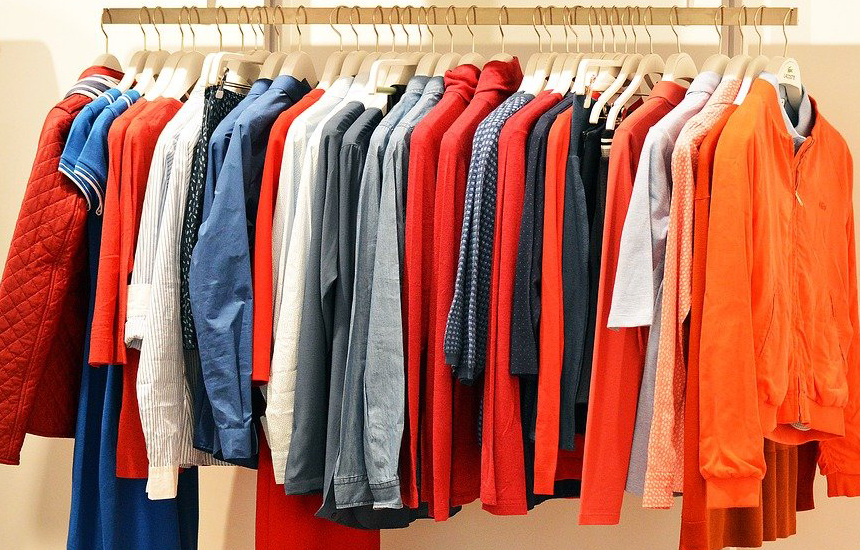|
October 2020 | Bulletin num.126 |
Subscribe
|

Counterfeits in the 21st centuryConsumers are surrounded by counterfeits, sometimes without being aware of it. Everything from textiles, cosmetics, electronic components, appliances, spare parts for all kinds of machinery, toys, and medicines can be falsified. The consequences of the accelerated development of this criminal phenomenon are very serious and create the evolution of the different economic activities. The seriousness of the situation and the scale on which it moves makes it necessary to not only police and legally prosecute, but also to create a radical change in the social perception of this crime and a change in the mentality of consumers that prioritizes quality over to quantity, revaluing work and talent. On the opposite side of counterfeits is legal trade. Legal selling generates an economic flow that helps neighborhoods, towns, and cities prosper economically and socially. If there is a market, more and more innovative and competitive brands can be created that offer better products, each of them more varied and at better prices. As for the life of the neighborhoods and towns, they activate the economy: more commercial real estate is rented, area values raise and improvements in transport and public services are made. Legal trade also produces employment, not only in commerce, but also in related sectors, such as transportation, distribution, cleaning, hospitality, management and a long list of other sectors. Finally, all this activity generates the payment of taxes that return to the consumer in the form of public services such as health care or education, pensions and social improvements. Experts say that if the 20th century was the century of drug trafficking, the 21st century is going to be the century of counterfeiting and crimes against industrial property. Industrial property crimes support the activities of organized crime syndicates. There is evidence that counterfeit products are an attack on society that requires an international response, and there is also a connection between the crime of industrial property rights and other types of serious crimes. A wide range of different crimes are related to industrial property crimes, including pharmaceutical crimes, drug trafficking, homicide, illegal possession of weapons, forced labor, food fraud, excise tax fraud, VAT fraud, corruption, and money laundering. Industrial property crime is often considered a "victimless" crime, causing relatively "little" damage. However, in addition to causing damage to the economy in general and to companies that own industrial property (including small and medium-sized ones) in many cases, crimes against industrial property are committed by organized crime groups and can cause damage to the health and well-being of consumers, the environment, and society. (Source: EUROPOL – EUIPO: IP crime and its link to other serious crimes focus on Poly-Criminality). Especially serious is the problem of counterfeit medicines, which have repercussions in many areas: damage to people's health or lack of adequate treatment of their medical needs. Estimates show that between 72,000 and 169,000 children can die of pneumonia each year after receiving counterfeit drugs, and that counterfeit malaria medication could be responsible for 116,000 additional deaths. (Source: Trade in Counterfeit Pharmaceutical Products. A report from the Organization for Economic Co-operation and Development (OCDE) and EUIPO). Another study shows the magnitude of the health dangers posed by counterfeit products, as evidenced by alerts submitted by EU market surveillance authorities in the European Commission's 'Rapid Alert System for Dangerous Non-Food Products' ( RAPEX system); the only system available that reports on the measures taken by the authorities against unsafe products in the markets of European countries. In fact, the RAPEX system refers to products that have the dual characteristic of being unsafe and counterfeit, or, at least, those that are suspected of being counterfeit and that were identified as such by the market surveillance authorities. The seven most common hazards reported in the alerts analyzed, namely: exposure to chemicals, injury, strangulation, suffocation, electric shock, hearing damage, or fire. They represent almost 92% of all risks identified through alerts. According to the analysis of the RAPEX alerts from 2010 to 2017:
(SOURCE: QUALITATIVE STUDY ON RISKS POSED BY COUNTERFEITS TO CONSUMERS. EUIPO JUNE 2019) Responsible consumption. The answer rests with the citizens, on the individual consumers who must make the decision to refuse to buy counterfeits. Social awareness about the effects of crimes against industrial property is necessary for society as a whole. Legislative measures are essential, but they are still just one piece of the puzzle alongside social awareness about the serious effects that consumption entails. of forgeries. The decision to buy counterfeits should not be motivated solely by an economic issue, but the consumer should do an exercise in moral assessment that has a lot to do with the model of society we want to build. A society that defends the producer and the creator is a society that is committed to quality work, to fair remuneration for work, to the defense of the artisan tradition, and to the defense of the rights and health of consumers.
|
Table of contentsCall for the 2019 Spanish Patent and Trademark Office (SPTO) Selective ProcessPublication of the first edition of the 2018 OEPM electronic Bulletin on national Case Law on Industrial PropertyCourse on Administrative Management of Industrial Property (Paralegals)Publication of the monographs, in Spanish and English versions, by Leonardo Torres Quevedo and Juan de la Cierva y CodorníuBlogOne Way Liver: un mundo diferente para las enfermedades hepáticas |